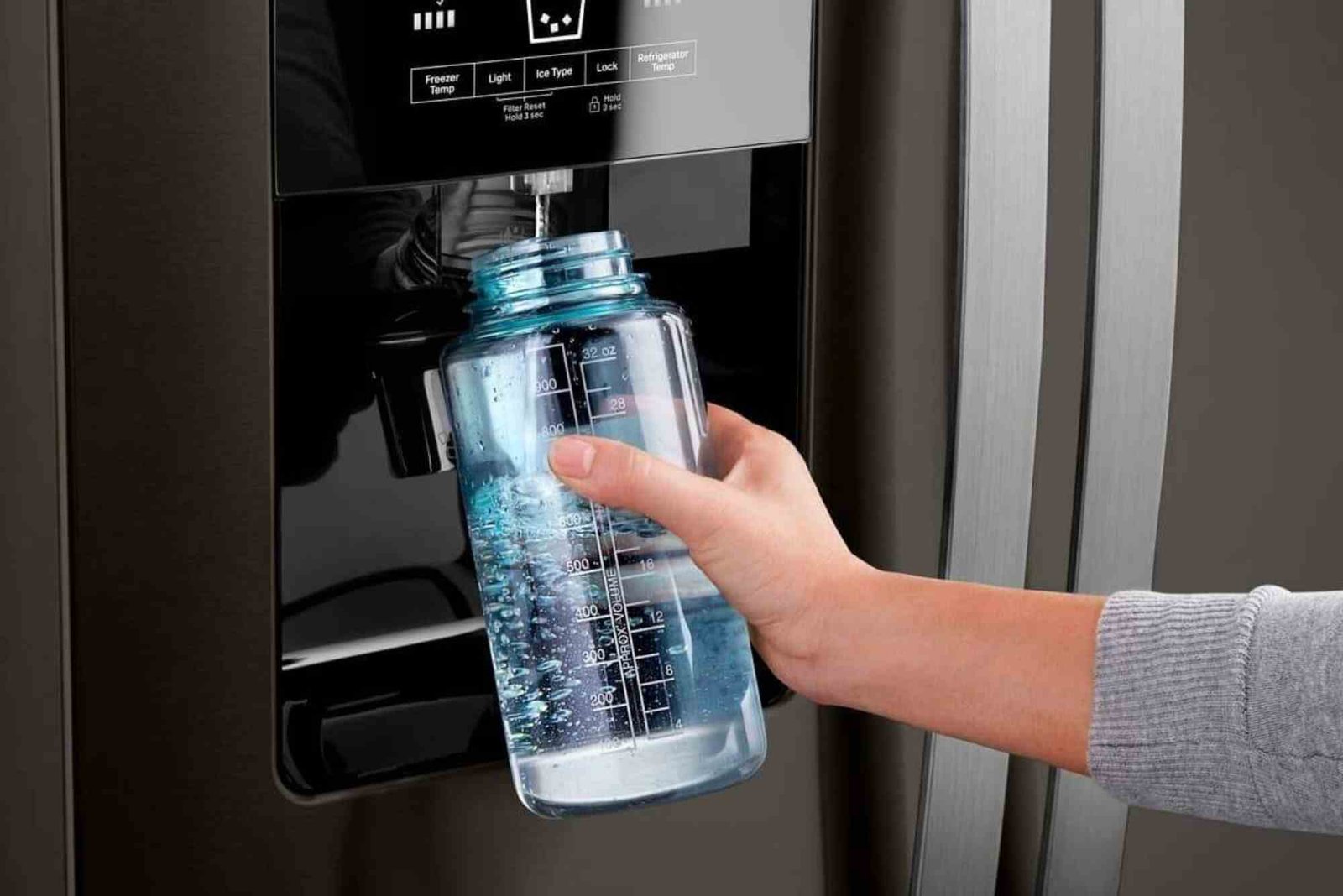When purchasing contents insurance, it is crucial to understand what your policy does and does not cover. While many assume their belongings are fully protected, there are often exclusions that could leave them unprotected in times of need. Understanding these exclusions helps avoid unexpected surprises and ensures better financial security. This guide delves into common contents insurance exclusions, what factors influence coverage, and how to choose the right policy.
Common Exclusions in Contents Insurance
While contents insurance provides valuable protection for household items, certain exclusions may apply. These exclusions vary between providers but typically include the following:
Wear and Tear
Insurance policies do not cover gradual deterioration due to normal usage. Items such as furniture, appliances, and electronics naturally degrade over time and are not eligible for replacement under standard contents insurance.
Negligence and Poor Maintenance
If damage results from negligence, such as failing to maintain appliances or repair leaks, your insurer may deny your claim. Policies generally require homeowners to take reasonable care of their belongings.
High-Value Items Without Additional Coverage
Many contents insurance policies set limits on claims for high-value possessions such as jewelry, artwork, and collectibles. If these items exceed the policy’s standard limit, additional coverage is required.
Acts of War and Terrorism
Most insurers exclude damage caused by war, terrorism, or nuclear risks. If you live in a high-risk area, consider specialized coverage options.
Natural Disasters Not Covered in Standard Policies
While policies often cover fire and storm damage, some exclude specific natural disasters such as earthquakes or floods. Separate coverage may be necessary in areas prone to these risks.
Business Equipment and Home-Based Business Losses
If you operate a business from home, losses related to business equipment or inventory may not be covered. A separate business insurance policy is typically required.
Benefits of Professional Insurance Assistance
Choosing the right contents insurance policy can be complex, especially with multiple exclusions to consider. Working with a reputable insurance provider like Home It Better ensures you receive expert guidance in selecting the best coverage tailored to your needs.
Factors That Influence Insurance Coverage
Several factors impact the level of protection offered by contents insurance policies, including:
Location and Environmental Risks
Your home’s location affects coverage, particularly if you reside in an area prone to natural disasters or high crime rates. Some areas may require additional policies to fully protect valuable possessions.
Policy Limits and Deductibles
Each policy includes a maximum claim limit and a deductible amount. Understanding these details ensures you have adequate coverage without unexpected out-of-pocket expenses.
Type of Policy: Replacement Cost vs. Actual Cash Value
Policies generally offer coverage based on either replacement cost or actual cash value. Replacement cost policies cover the full price of replacing lost or damaged items, while actual cash value accounts for depreciation.
Choosing the Right Contents Insurance Policy
To select the best contents insurance plan, consider the following:
Compare Multiple Providers
Evaluating different insurance companies helps in finding the most comprehensive coverage at competitive rates. A professional broker, such as Home It Better, can assist in comparing policies to suit your needs.
Assess Your Home Inventory
Creating a detailed list of your belongings, including high-value items, ensures accurate coverage estimates and prevents gaps in protection.
Read Policy Terms Carefully
Understanding exclusions, claim procedures, and coverage limits prevents future disputes and helps in making informed decisions.
Eco-Friendly Contents Insurance Options
As environmental awareness grows, some insurers offer eco-friendly policies that prioritize sustainable materials for repairs and replacements. These options are ideal for homeowners seeking environmentally responsible coverage.
Cost Considerations for Contents Insurance
The cost of contents insurance varies based on multiple factors:
Home Security Measures
Installing security systems and smoke detectors can reduce insurance premiums by lowering the risk of theft or fire.
Coverage Customization
Adding coverage for high-value items increases costs but ensures full protection for valuable belongings.
Deductibles and Claim History
Higher deductibles lower monthly premiums, while frequent claims may result in increased rates over time.
For additional insights on selecting the best contents insurance policy, visit AZ Hill, a trusted resource for finding reliable insurance providers tailored to your needs.
Conclusion
Understanding exclusions in contents insurance is essential for making informed coverage decisions. While policies provide extensive protection, certain limitations may apply. Evaluating exclusions, comparing providers, and customizing coverage ensures peace of mind and financial security. For expert assistance, consult Home It Better to find the best contents insurance policy for your home.










